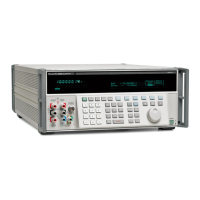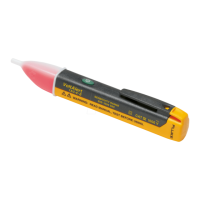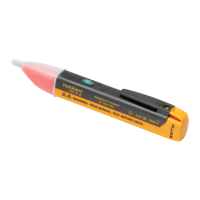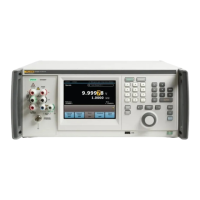Remote Operation
IEEE-488 Interface Configuration 5
5-53
5-38. Fault Queue
When a command fault, execution fault, or device-dependent fault occurs, its fault code is
placed in the fault queue where it can be read by the FAULT? command. All fault codes
are defined in Appendix A of this manual. Another way to decode a fault code is to send
the command, EXPLAIN?, which returns a description of a fault code. Reading the first
fault with the FAULT? command removes that fault from the queue. A response of 0
means the fault queue is empty.
The fault queue contains up to 16 entries. If many faults occur, only the first 15 faults are
kept in the queue. A 16th entry in the queue is always a “fault queue overflow” fault, and
all later faults are discarded until the queue is at least partially read. The first faults are
kept, because if many faults occur before the user can acknowledge and read them, the
earliest faults are the most likely to point to the problem. The later faults are usually
repetitions or consequences of the original problem.
The OPER command is inhibited for outputs of 22V or greater whenever there is a fault
in the fault queue. The OPER command remains inhibited until either the fault queue or
the ESR is cleared.
Note
You can check your calibrator's Main CPU software revision levels using
the Instmt Config Menu, or *IDN? remote command.
After the calibrator has encountered a fault, you must do one of the following actions to
reenable the OPER command:
1. Send *CLS (to clear the ESR and fault queue)
2. Send *ESR? (to read and clear the ESR)
3. Repeatedly send the FAULT? query until 0 is returned, indicating that you have read
and cleared all faults from the queue.

